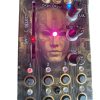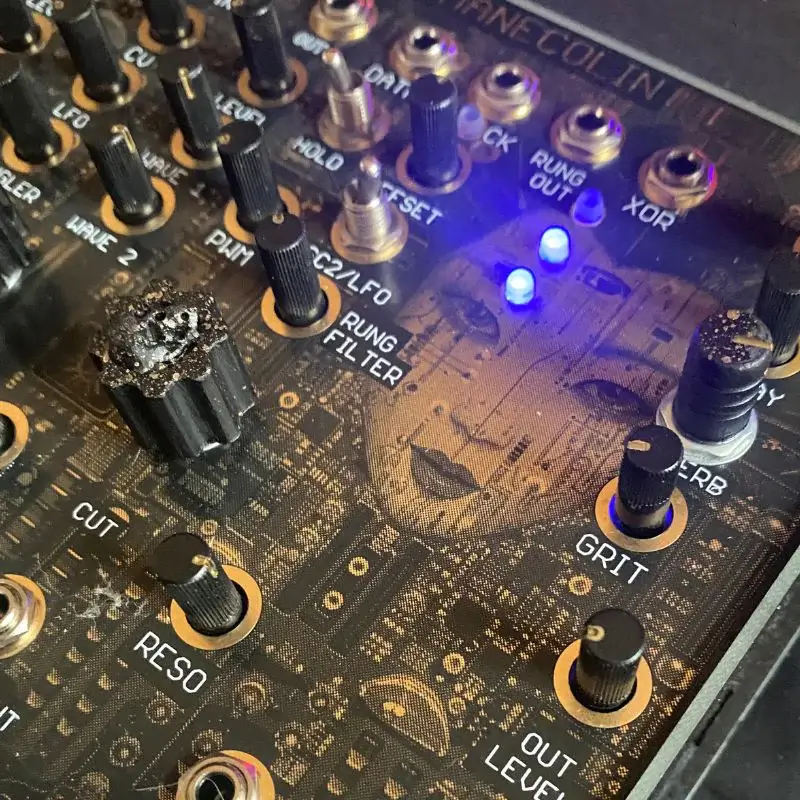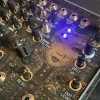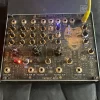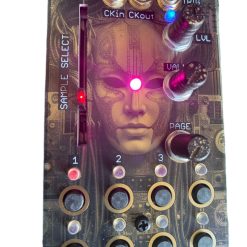Maneco Labs Grone ManecolinTabletop
$505.00
Chaotically emerging from the minds at Maneco Labs, the Grone Manecolin is a dual-oscillator digital voice for cross-modulatory cacophony, deriving loose inspiration from Rob Hordijk’s Benjolin circuit. The first oscillator provides a wavetable that can select and crossfade between multiple wave types with its two wave knobs, while the second provides wavefolding and additive harmonics instead. Cross modulate this devious duo for even more wacky tones. A third, variable duty-cycle square wave source is derived by combining both oscillators in a comparator.

